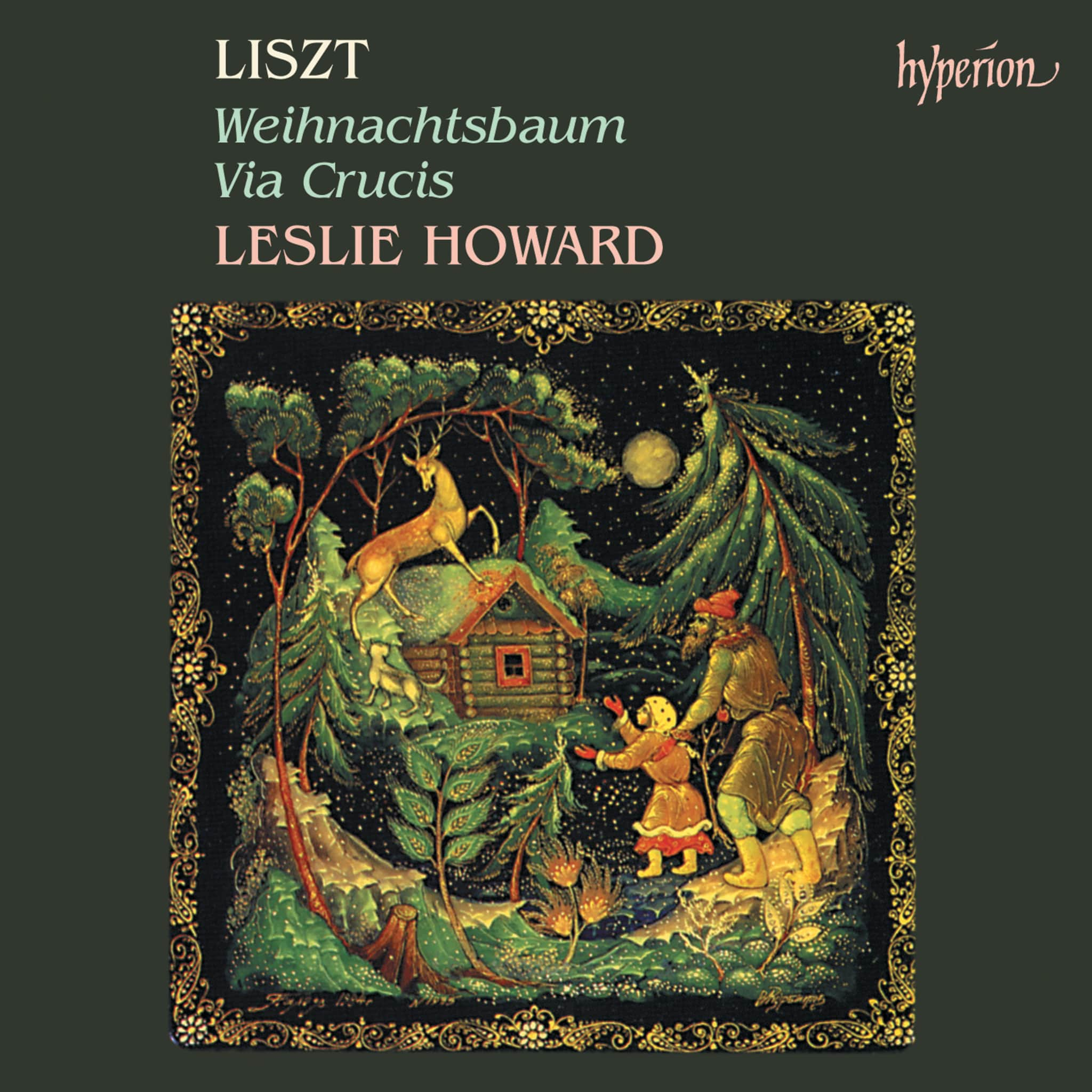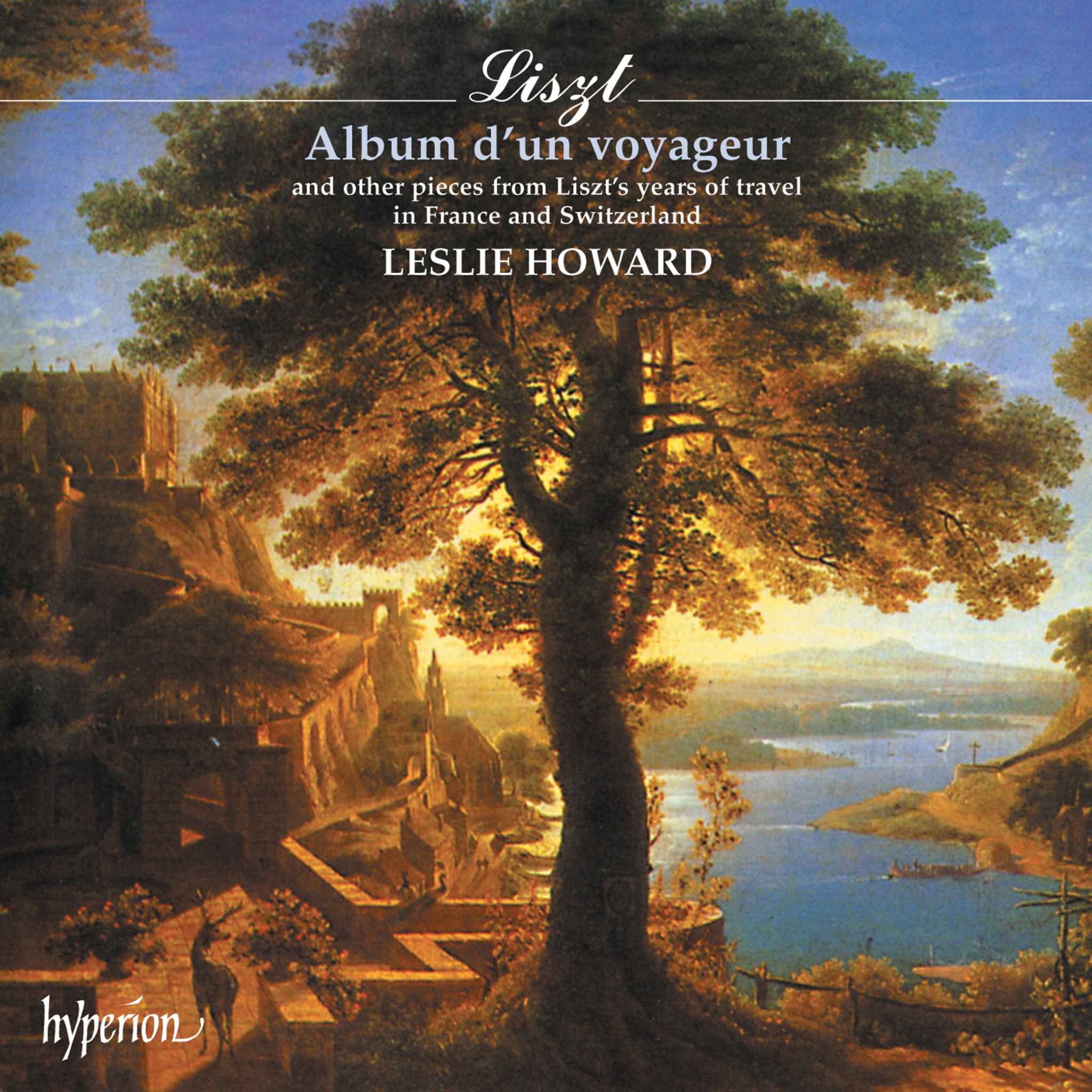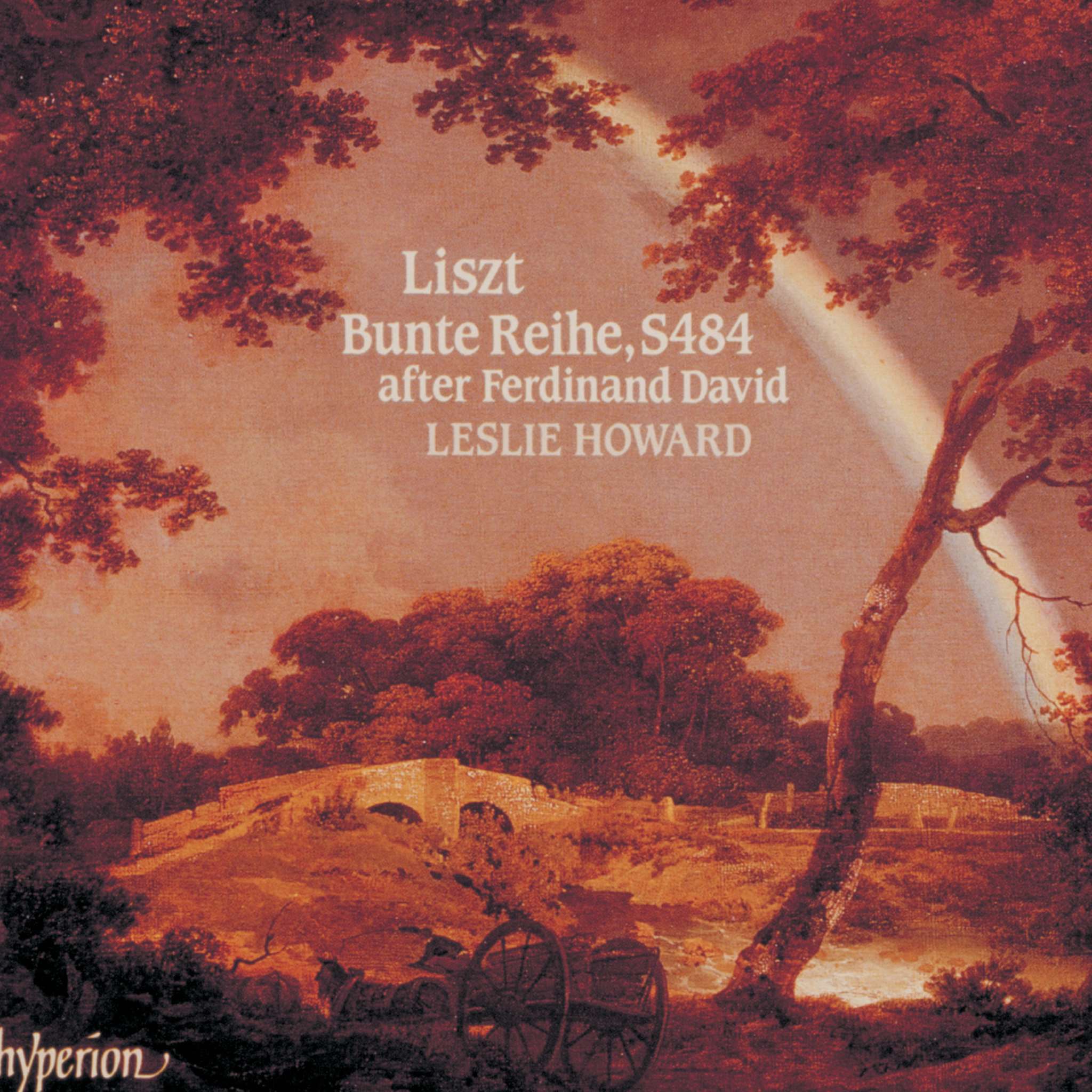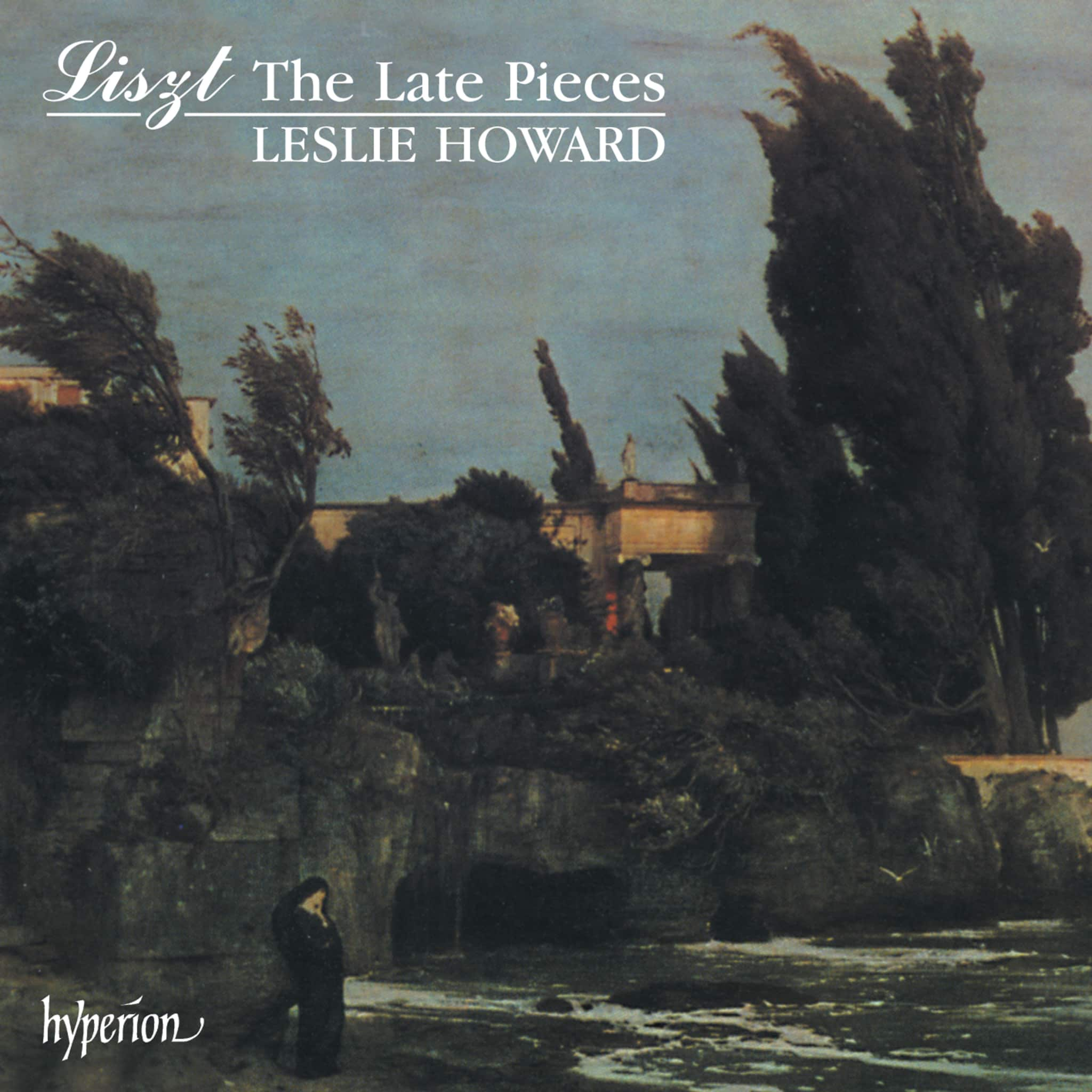Album insights
The second Hyperion album, featuring all the songs of Franz Liszt, spans over 30 years of the composer's life from the mid-1840s, during his prime and virtuoso years, to his later troubled and overshadowed age. Throughout his songs, Liszt explores recurring preferences such as his distinctive experimentation with harmony and sound, constantly pursuing a kind of "music of the future." Liszt never saw the setting of a poem as final and, unlike other 19th-century song composers (apart from Schubert), he tended to revise or recompose works. Different versions of Liszt's settings of a Goethe poem are the initial and final pieces in this album, showcasing the composer's evolution from extroversion, verbosity, and opulent music in his early years to more economy, rigour, and inwardness in later works. Liszt, born in 1811 in the German-speaking part of Hungary, embraced different national identities throughout his diverse life—French, German, Hungarian, and Italian. This cosmopolitanism is reflected in his choice of song texts in six languages, expanding our understanding of a composer who defies easy classification.
Liszt's original manuscript of Goethe's "Wandrers Nachtlied I" (The one from the heavens above) notes its conception on February 12, 1776, "on the slope of Ettersberg." The poem begins with praising God after which it transitions to the core where the lyrical self, weary of Faustian striving, seeks peace. Liszt, familiar with the significance of a prayer for inner peace, composed this poem four times between 1842 and 1870, with the fourth version remaining unfinished. The initial rendition is the lengthiest, starting with a brooding piano introduction followed by a serene prayer from the singer. The urgency in the protagonist's pleas is undeniable.
Liszt found inspiration for one of his beautiful late songs, "Ihr Glocken von Marling," in Marling village, South Tyrol, where the Viennese writer Emil Kuh spent his final years. Liszt, who received minor ordination in the Catholic Church in 1865, was moved by the invocation of the lyrical self to the "holy chant" of church bells. The song beautifully illustrates Liszt's musical sophistication through the harmonic richness of church bells, embodying his lyrical finesse.
Though the friendship between Liszt and the irritable genius Heinrich Heine had largely ended by the time Liszt composed the first version of "Ein Fichtenbaum steht einsam," Liszt recognized the need to set Heine's unique poetic language to music. The lyrical depth in Heine's poem encapsulates German poets' fascination with exoticism, portraying the theme of distant lovers, a prevalent Romantic motif. Liszt's composition exhibits brooding darkness and chromatic depth surrounding the lonely spruce tree, transitioning to idyllic dreams through Liszt-like chord progressions—a stark contrast to the much later revised version.
"Wanderer's Night Song II" or "An Equal" may sound cliché as one of the greatest works in German poetic history, but it truly is. Liszt's second version beautifully captures the transition from the breaking evening to contemplating life's end, reflected in the serene pianistic cascades echoing the descending tranquility onto the landscape, culminating in fervent repetitions, longing, and possibly a touch of apprehension in the poet's final call for ultimate peace.
Musset's autobiographical novel "La confession d'un enfant du siècle" and his sonnet "Tristesse" outline the "mal du siècle" or world-weariness, skillfully depicted in Liszt's composition "J'ai perdu ma force et ma vie." Chromatic clouds and emphatic sighing figures encompass the piece, typical of Liszt's late songs, exploring eternal truths amidst harmonically intricate designs, ending with an unresolved poignancy.
"Poetic Beer" and "Garden Key Flowers," inspired by a collection of Catholic poetry, reflect Liszt's pursuit of simplicity without sacrificing his genius for captivating harmonic progressions. Liszt's romantic progressions in "Garden Key Flowers" harmonically intertwine with "Poetic Beer," forming a cohesive group of two songs.
In Liszt's poignant work, "And Speak (Take a Ray from the Sun)," a passionate exclamation resonates. Liszt evokes the magnificent lustre in nature, contrasting the brilliance in the beloved's eyes embodying warmth, illumination, and the potential for destruction, persisting beyond the final note.
Liszt's revision of Goethe's "Wandrers Nachtlied" in his later years transforms the earlier outward experience in a more inward direction. Through a single chord transition and revisited harmonies, Liszt and the singer plea for peace, inviting listeners into their peaceful musical realm.
Written by: Christiane Frobenius






